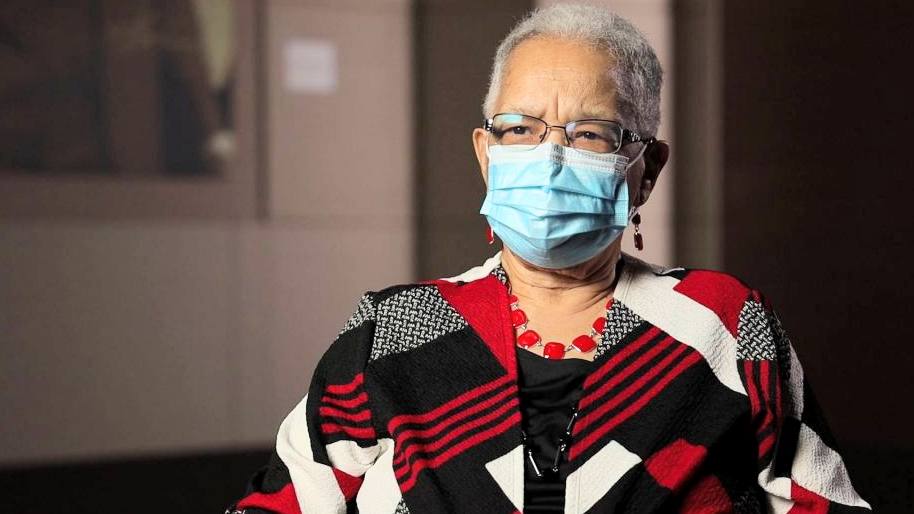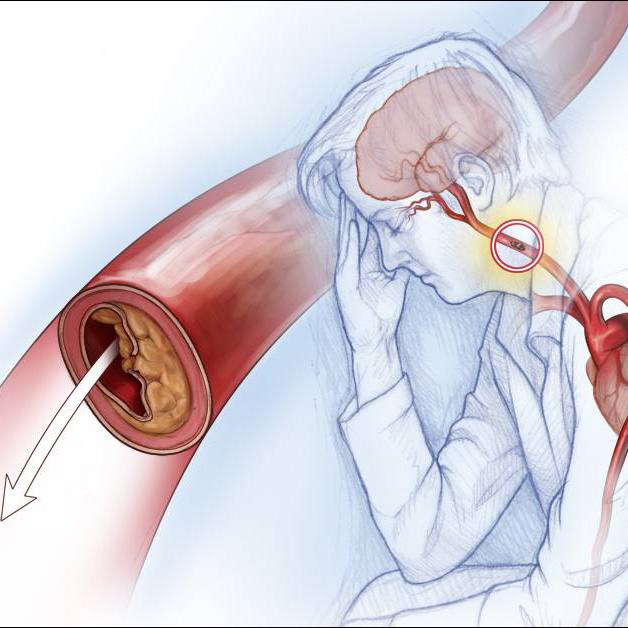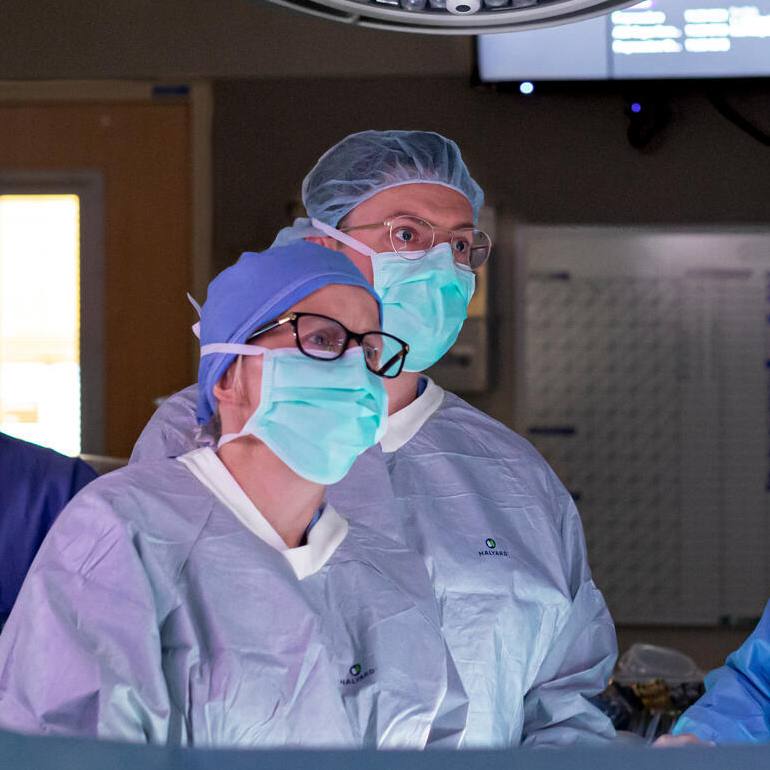-
Mayo Clinic Minute: How ventricular assist devices can help heart patients

For patients with severe heart failure that cannot be controlled with medicine, a pacemaker or other treatments, a ventricular assist device can be an option. Dr. Robert Scott, a Mayo Clinic cardiologist, explains how this mechanical pump can help some patients continue to have a full and active life.
Watch: Mayo Clinic Minute: How ventricular assist devices can help heart patients.
Journalists: Broadcast-quality video (1:14) is in the downloads at the end of this post. Please "Courtesy: Mayo Clinic News Network." Read the script.
"Typically, when people have heart failure, what you're really speaking about is the left side of the heart being unable to effectively deliver blood to the body to meet all the needs of the body," says Dr. Scott.
When that happens, a left ventricular assist device, or LVAD, can be implanted in patients to help pump blood.
"What it does is sucks the blood from the left ventricle into the device and then it gets pumped up into the ascending aorta. You are bypassing, or doing the work of, the left side of the heart."
It's open-heart surgery that requires aftercare of the device.
"When these devices are put into patients during surgery, there is a part of the device that exits the body and is used to power the device. The part is called the driveline."
A control unit and battery pack are worn outside the body, and they are connected to the left ventricular assist device through a port in the skin.
Patients who might benefit from placement of a left ventricular assist device include those patients waiting for a heart transplant, or those patients who have heart failure but aren't eligible for a heart transplant due to age.
"Patients who want a good quality of life, and patients who don't mind going through a major operation with the knowledge that afterward they're going to be able to have a reasonable quality of life and do some of the things they were doing beforehand, are candidates for this type of therapy."
"These devices are meant to help. These devices are put in people so they can live their life ― not just so they can be alive," says Dr. Scott.
Related post:
For everyone's safety, Mayo Clinic has strict masking policies in place. Anyone shown without a mask was recorded prior to COVID-19 or recorded in an area not designated for patient care, where social distancing and other safety protocols were followed.
Related Articles







